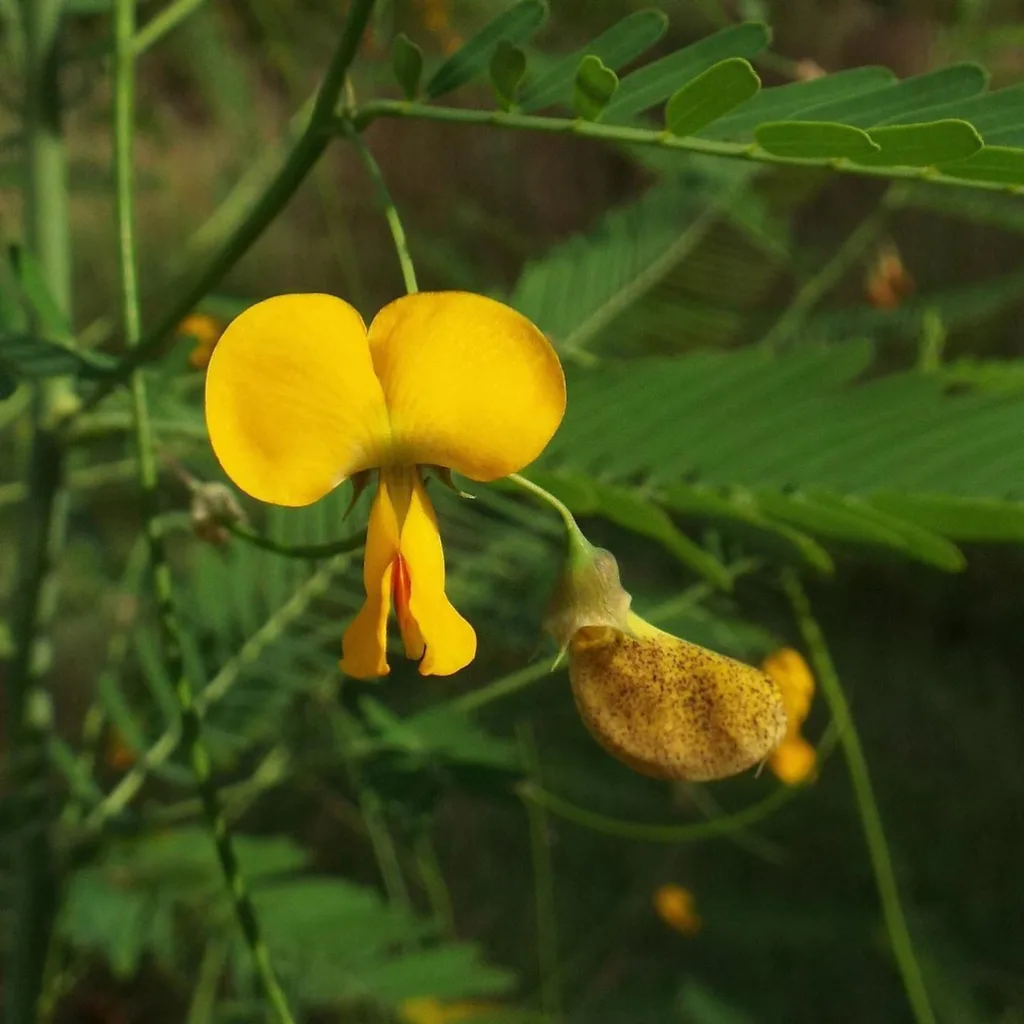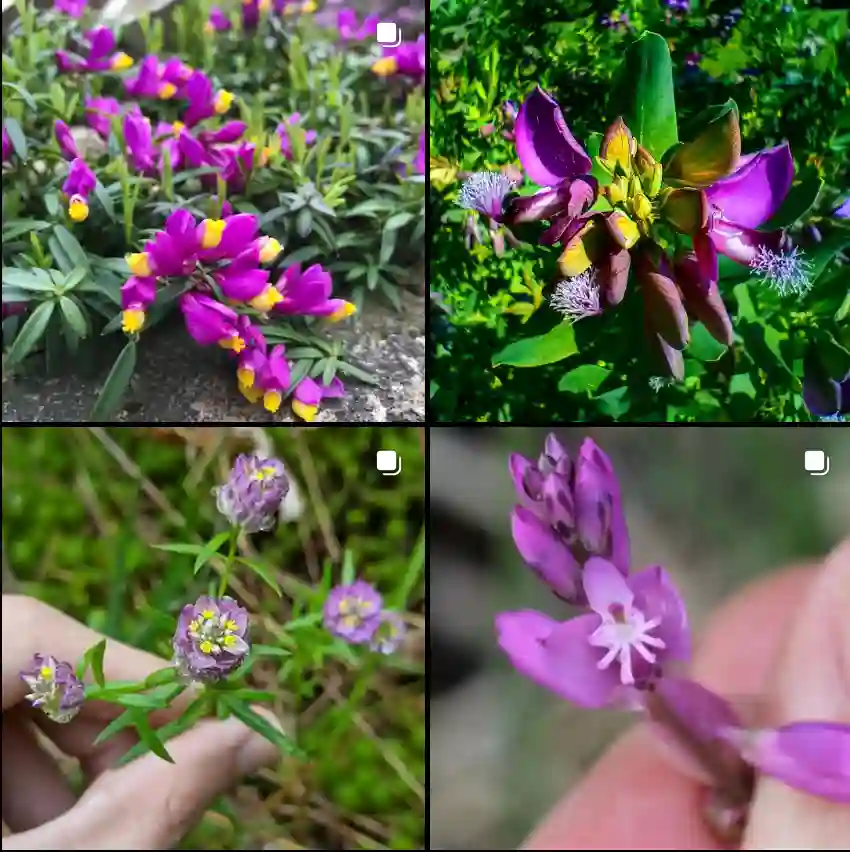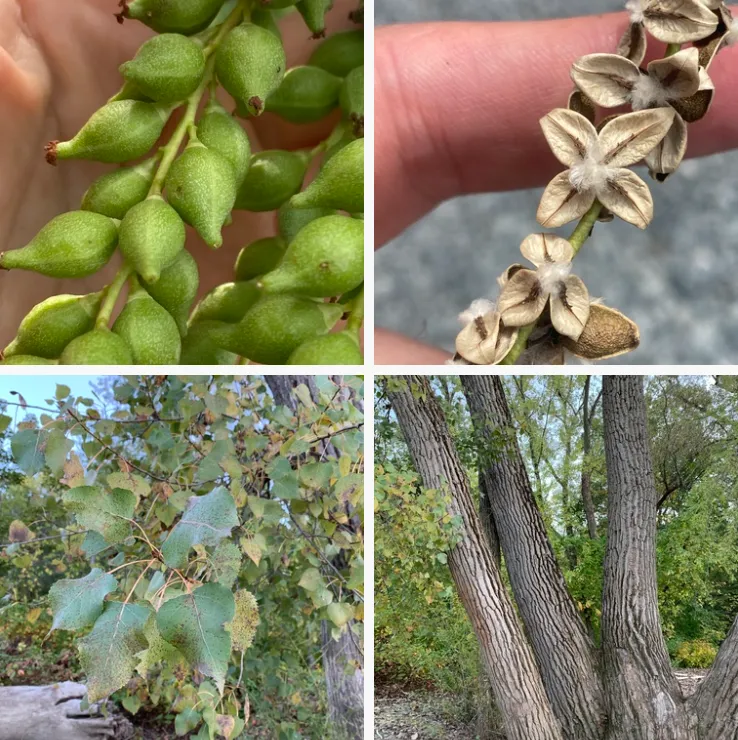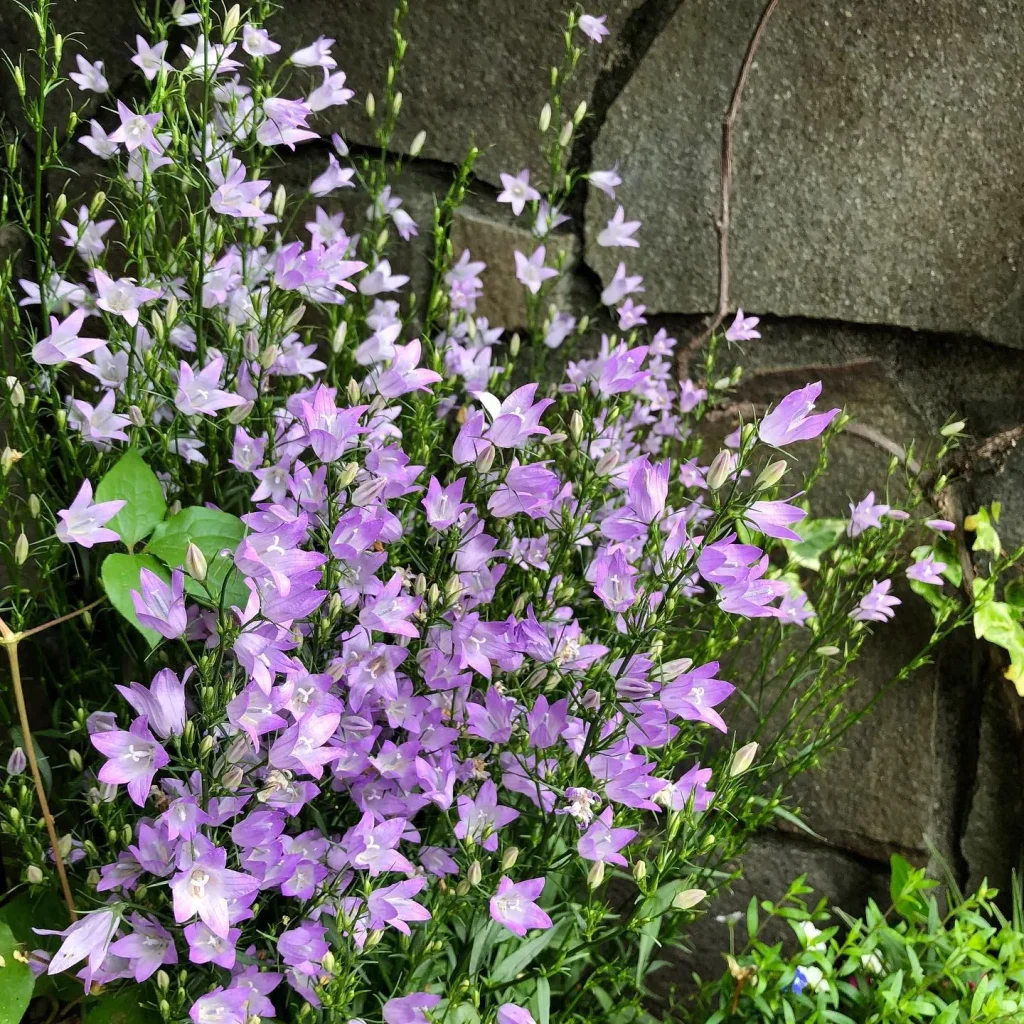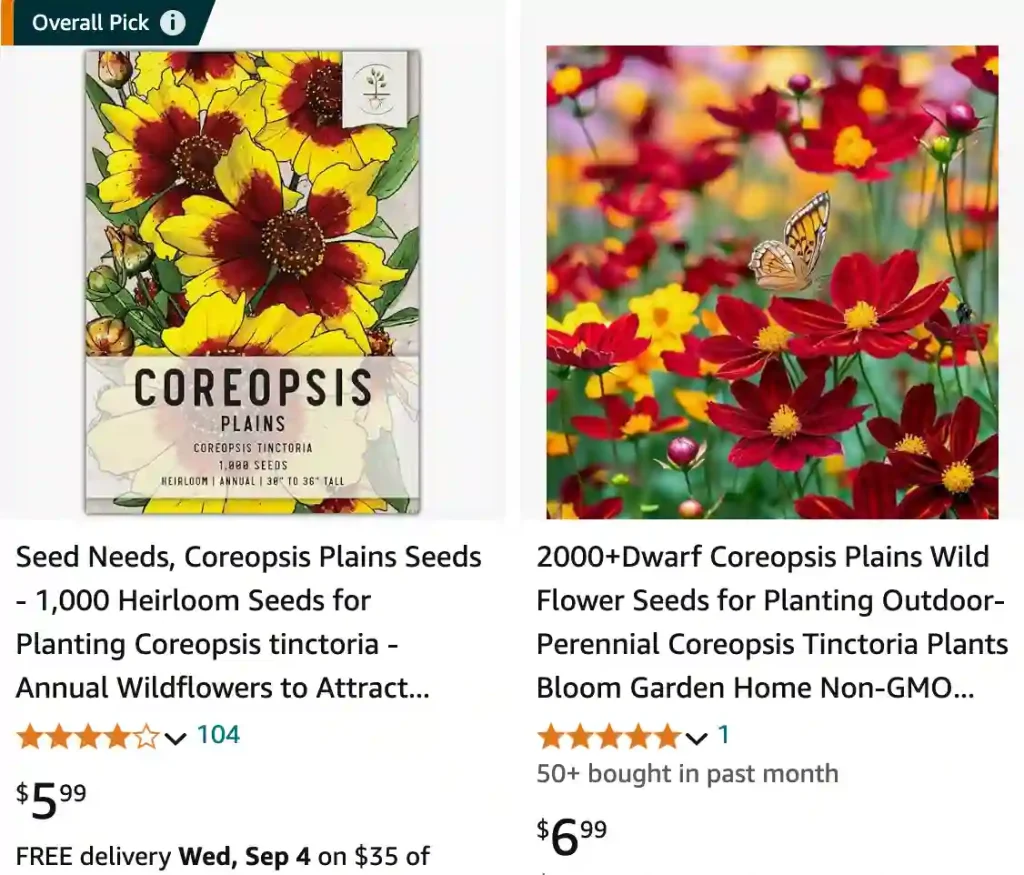
What is Coreopsis Tinctoria?
Coreopsis Tinctoria, also known as Plains Coreopsis or Tickseed, is a delightful flowering plant native to the North American prairies. This perennial is celebrated for its bright, cheerful blooms that range from golden yellow to deep red. The plant typically grows between 12 to 30 inches tall and features daisy-like flowers with a slightly serrated edge. Its robust nature and vibrant colors make it a popular choice for gardeners looking to add a splash of sunshine to their landscapes.
39 Species in Genus Coreopsis
How to Grow Coreopsis Tinctoria?
Growing Coreopsis Tinctoria is a straightforward process, making it a great choice for both novice and experienced gardeners. Here’s a step-by-step guide to help you get started:
- Choosing the Right Spot: Coreopsis Tinctoria thrives in full sun but can tolerate partial shade. It prefers well-drained soil and can handle poor soil conditions, which makes it quite versatile.
- Planting: You can start Coreopsis Tinctoria from seeds or nursery-grown plants. If starting from seeds, sow them directly into the garden bed after the last frost, or start indoors 6-8 weeks before the last frost. Space plants about 12 inches apart to allow for their full growth.
- Watering: Once established, Coreopsis Tinctoria is quite drought-tolerant. However, regular watering during dry spells will promote better blooming. Ensure the soil dries out between waterings to prevent root rot.
- Fertilizing: This plant generally doesn’t require heavy fertilization. A light application of balanced fertilizer in the spring can help boost growth, but be careful not to over-fertilize, as it can lead to excessive foliage at the expense of flowers.
- Pruning: Deadheading spent blooms regularly will encourage more flowers throughout the growing season. In late fall, cut back the plant to the ground to prepare it for winter.
How to Care for Coreopsis Tinctoria?
Caring for Coreopsis Tinctoria is relatively simple. Regular maintenance includes:
- Weeding: Keep the area around the plant free from weeds to reduce competition for nutrients and water.
- Pest Management: Coreopsis Tinctoria is generally pest-resistant. However, keep an eye out for common pests like aphids or spider mites. Treat infestations with insecticidal soap if necessary.
- Disease Control: The plant is quite resilient but can sometimes suffer from powdery mildew. Ensure good air circulation around the plant and avoid overhead watering to minimize this risk.
How to Propagate Coreopsis Tinctoria?
Propagating Coreopsis Tinctoria can be done through seeds or division:
- Seeds: Collect seeds from mature plants in the fall and store them in a cool, dry place. Sow seeds directly into the garden bed or start them indoors as described earlier.
- Division: In early spring or fall, you can divide mature plants to create new ones. Carefully dig up the plant, separate the root ball into smaller sections, and replant them in prepared beds.
What to Plant with Coreopsis Tinctoria?
Coreopsis Tinctoria pairs beautifully with other prairie plants and garden favorites:
- Echinacea (Coneflower): Their similar growing conditions and complementary colors make them great companions.
- Rudbeckia (Black-eyed Susan): The vibrant blooms of Rudbeckia provide a striking contrast to Coreopsis Tinctoria.
- Grasses: Ornamental grasses like Little Bluestem or Fountain Grass can add texture and contrast to the garden.
Can You Grow Coreopsis Tinctoria Indoors?
Coreopsis Tinctoria is best suited for outdoor gardens and is not typically grown indoors. Its growth habit and light requirements make it challenging to cultivate in a controlled indoor environment. For indoor gardening, consider alternatives like compact varieties of flowering plants that thrive in pots.
Is Coreopsis Tinctoria Edible?
Coreopsis Tinctoria is not commonly known for its edibility. While it’s not considered toxic, it’s best to avoid consuming it as it is primarily grown for ornamental purposes rather than culinary uses. Some sources suggest that certain parts of Coreopsis species may have medicinal uses, but always consult with a knowledgeable expert before considering any plant for consumption.
Is Coreopsis Tinctoria Toxic?
Coreopsis Tinctoria is generally not toxic to humans or pets. However, as with any plant, it’s wise to keep it out of reach of children and animals to prevent any accidental ingestion.
Benefits of Coreopsis Tinctoria
Coreopsis Tinctoria offers several benefits:
- Aesthetic Appeal: Its vibrant, long-lasting blooms add beauty to any garden.
- Pollinator Friendly: The flowers attract bees, butterflies, and other beneficial insects, making it a great choice for pollinator gardens.
- Low Maintenance: Its hardy nature and minimal care requirements make it an easy plant to grow and maintain.
Common Problems with Coreopsis Tinctoria
While Coreopsis Tinctoria is generally hardy, it can encounter a few issues:
- Powdery Mildew: This fungal disease can be managed by ensuring good air circulation and avoiding overhead watering.
- Leggy Growth: Inadequate sunlight or poor soil conditions may lead to leggy growth. Ensure the plant receives adequate light and maintain proper spacing.
Compare with Other Similar Plants
Coreopsis Tinctoria is often compared to other Coreopsis varieties such as Coreopsis Grandiflora and Coreopsis Verticillata. Coreopsis Grandiflora, or Large-flowered Tickseed, features larger flowers and a more upright growth habit. Coreopsis Verticillata, known as Whorled Tickseed, has a finer texture and a more delicate appearance.
In summary, Coreopsis Tinctoria is a vibrant, low-maintenance plant that brightens up any garden with its cheerful blooms. With its easy care requirements and resilience, it’s a fantastic choice for adding a splash of color to your outdoor space.
